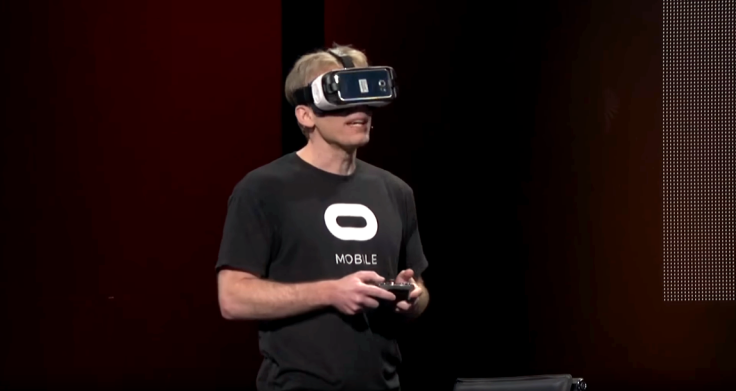New VR software promises to drastically combat motion sickness
In the ongoing effort to tackle one of virtual reality's biggest drawbacks, researchers at a US university claim to have discovered a new way of reducing the symptoms of motion sickness in users. By limiting the field of view (FOV) in a VR headset when a lot of movement is taking place, feelings of nausea can be "significantly reduced", said researchers at New York's Columbia University.
Consumer VR will need to overcome a number of hurdles to have any hope at seeing widespread adoption. Other than a high asking price for the worthwhile, higher-end experiences and limited use outside of gaming, virtual reality also comes with more visceral problems. Many users get motion sickness when using a VR headset, which restricts the technology's viability in uses that would require a headset to be worn for an extended period of time.
There have been a few proposed solutions to this problem, which range from vestibulocochlear nerve stimulation using specially-designed headphones, to projecting a virtual reality nose in front of users wearing a VR headset. In the study by Columbia University, researchers said they were about to reduce symptoms of motion sickness in users by adding a binocular-like effect to the headset's display when lots of movement was happening on-screen.
The researchers noted that decreasing FOV for a virtual reality users could decrease their sense of presence in the virtual environment. To combat this, they developed a system that would be almost imperceptible to those wearing a VR headset.
The team used what they labelled a pair of "dynamic FOV restrictors" that partially obscure each eye's view with a virtual soft-edged cu-tout. They then determined how much the user's field of view should be reduced, and the speed with which it should be reduced and then restored, and tested the system.

The researchers explained in a YouTube video: "While the field of view change is readily apparent on a regular computer monitor, it is much more subtle when seen through a wide FOV display, such as the Oculus Rift DK2, used in our study.
"Participants who used FOV restrictors reported significantly lower levels of discomfort than participants that did not. Furthermore, the majority of participants did not notice the FOV restrictors. However, of those that noticed them a majority of them preferred to have FOV restrictors in future virtual experiences."
It's a relatively simple-sounding solution, and one that could negate the need for consumer to shell out on additional, nausea-banishing peripherals if it works as described. Until then, eat light, take regular breaks and try to avoid any 25-hour virtual reality marathons.
© Copyright IBTimes 2025. All rights reserved.






















